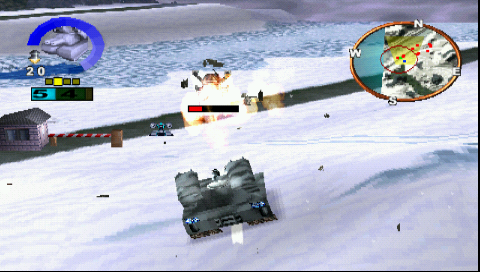


This type of engineering involves a lot of cut and fill calculations, which determine where dirt must be added or removed. Before a single rail could be laid, the intended path had to be laid out and the terrain made level.

In the late 1800s, a railway engineer named Philbert Maurice d’Ocagne was part of a group of men faced with the task of expanding the French rail system. Posted in home hacks Tagged defcon, internet of things, led, MIG Welding, thermostat, wargames, weather So why not try making this thermostat scarf as well? The final build looks like a true-to-life prop with some useful functionality that can be adapted to many different purposes - proof that a relatively simple project can still produce fantastic results for entry-level makers. A Particle Photon board queries the Weather Underground API via Wi-Fi in five-minute intervals.Įach escalation in the Defcon alert signals an increase of 10 F, starting at Defcon 5 for 69 F and below, up to Defcon 1 for 100+ F. Individual LEDs were used at first for lighting, but were replaced with flexible LED strips which provided a more even glow behind the coloured acrylic. A second attempt produced the desired result, adding a 1/4-inch foam core and painting the exterior. Looking to learn some new skills while building, tried their hand at MIG welding the 16g cold-rolled plate steel into the distinctive shape.
#Wargames defcon 1 pc iso movie
Redditor - a fan of the movie WarGames - has created a singular thermostat in the form of a Defcon alert meter.
#Wargames defcon 1 pc iso code
A quick bit of code polls the MI5 terrorism RSS feed and displays its current level - sadly, it’s currently at DEFCON 2.Ĭontinue reading “We Are Now At DEFCON 2” → Posted in LED Hacks Tagged defcon, display, instructables, movie, neopixel, photon, prop, sign, wargames The five DEF CON level panels were cut from 3mm pieces of coloured acrylic with the numbers slapped on after a bit of work from a vinyl cutter.ĭeviating from a proper, screen-accurate replica, cheated a little and used WS2812 NeoPixel LED strips - 12 per level - and used a Particle Photon to control them. Having been painted white already at some point, the paint brilliantly acted as a reflector for the lights inside each section. Making use of some spare wood, glued and nailed together a 10x10x50cm box for the sign. Instructables user is a fan of the 1983 movie War Games, and following a recent viewing –hacker senses a-tingling - he set to work building his own real-time display. If you had a working DEFCON meter that reported on real data, would it be cool or distressing?īefore we get ahead of ourselves: no, not that DEF CON. The only way to lose is to not play the game! (Or something like that…)Ĭontinue reading “A Replica From WarGames, But Not The One You Think” → Posted in LED Hacks, Microcontrollers Tagged alphanumeric display, ESP32, replica, TinyPICO, wargames Once you’ve got your launch code busting LED clock going in the corner, and your illuimated DEFCON display mounted on the wall, you’ll be well on the way to completing the WarGames playset we’ve been dreaming of since 1983. Everything is held inside of an understated 3D printed enclosure that would look great on the wall or a desk. An associated audio “Shield” with an integrated buzzer provides the appropriate bleeps and bloops as the display goes through the motions. With the retro fourteen segment LEDs glowing behind the smoked acrylic front panel, we think the clock itself is pretty slick even without the movie references.īeyond the aforementioned LEDs, is using a ESP32 development board of his own design called the TinyPICO. So when it’s not running through one of the randomized launch code decoding sequences, the display doubles as an NTP synchronized clock.
#Wargames defcon 1 pc iso install
Of course, most us don’t have a missile silo to install his recreated display in. These displays, complete with their thoroughly 1980s “computer” sound effects, were used to ratchet up the tension by showing how close the supercomputer was to kicking off World War III. The is as much a WarGames fan as any of us, but he was more interested in recreating the red alphanumeric displays that ticked along as the WOPR was trying to brute force missile launch codes. Remember the WOPR from WarGames? The fictional supercomputer that went toe-to-toe with Matthew Broderick and his acoustic coupler was like a love letter to the blinkenlight mainframes of yesteryear, and every hacker of a certain age has secretly yearned for their own scaled down model of it.


 0 kommentar(er)
0 kommentar(er)
